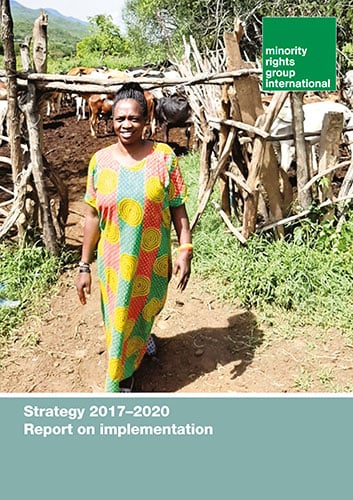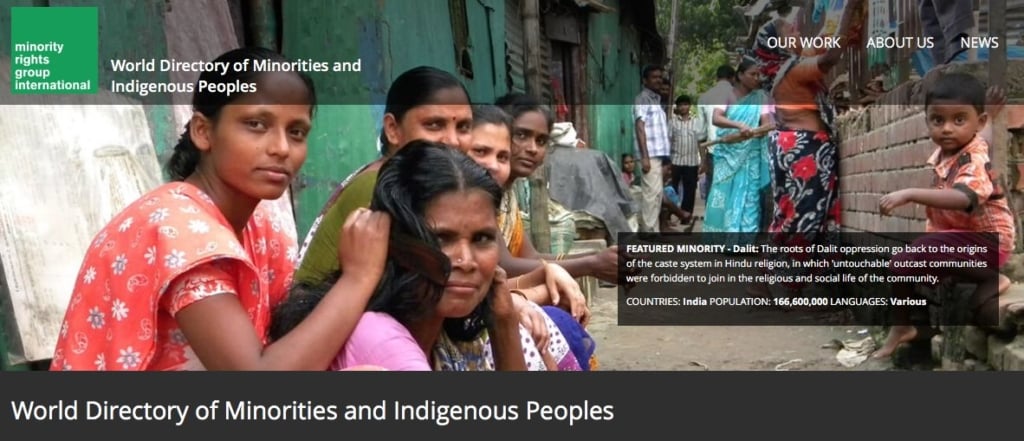Sweden
-
Main language: Swedish
Officially recognised minority languages: Finnish, Yiddish, Meänkieli, Romani Chib, Sámi. Meänkieli is a group of Finnish dialects spoken by communities living along the Torne river in the very far north of Sweden.
Main religions: Evangelical Lutheran Church of Sweden (64 per cent), Roman Catholic, Orthodox, Baptist, Muslim, Jewish, Buddhist
In Sweden, there are no official statistics on the basis of ethnicity, making the size of minority and indigenous populations difficult to quantify. Estimates suggest, however, that significant minority and indigenous communities include: Finns 450,000 (5 per cent), Roma 50,000, Jews 18,000-20,000, and Sámi, whose numbers are uncertain but who according to some estimates comprise around 20,000-40,000 individuals.
Other communities include people of former Yugoslavian, Iranian, Iraqi, Polish, Syrian or Turkish origin or descent. Of these, particularly prominent ethnic and religious minorities are Kurds (approximately 100,000 people), and Assyrians comprising approximately 120,000 people. The Assyrian community centres on the city of Södertälje, south of the capital Stockholm.
Finnish-speakers have lived in the north of Sweden since before the Swedish state existed. There are also large numbers of more recent Finnish immigrants to Sweden.
Sámi are indigenous to Scandinavia. There is a far larger population in Norway, and they are also found in Finland and Russia.
Sweden recruited foreign workers from 1947 onwards to work in the expanding industrial sector. Migrant workers came mainly from Finland, Türkiye, Yugoslavia, and, particularly following the 1967 coup, Greece.
-
Whilst Sweden is often praised for its human rights stance on an international level, various human rights organisations have criticized its record at home with regards to Swedish minority groups. One notable issue is Sweden’s lack of an independent human rights institution that would allow for a strong focus on the rights of minorities. This is a question that was raised during Sweden’s Universal Periodic Review and in response the Swedish government announced in 2015 that it would establish such an institution. In its Fourth Opinion on Sweden, published in 2017, the Council of Europe’s Advisory Committee on the Framework Convention for the Protection of National Minorities suggested that any such institution would have to be fully mandated to deal with cases of discrimination. While the government has promised to have this in place before the end of its term in 2018, the process has been very slow and is currently under discussion by the constitutional committee in parliament.
The opinion further pointed to legislative and policy gaps regarding the promotion and protection of national minorities and minority languages. Despite there being national legislation protecting the official minority languages of Yiddish, Romani Chib, Sámi, Finnish and Meänkieli, the legislation is ambiguous. This has allowed for its incomplete implementation at the local level. As such, the advisory committee recommended that Sweden develop a strategy for the promotion of minority languages, with a particular focus on the education sector.
With regards to the refugee population in Sweden, the temporary legislation following the 2015 refugee influx restricting residency rights has created considerable uncertainty by denying refugees the automatic right to permanent residence. This is particularly troubling for stateless refugees, and the UNHCR has raised concerns that the lack of permanent residency for refugees may facilitate intergenerational statelessness as children born in Sweden to parents with only temporary residency have no guarantees regarding permanent residency and the opportunity to obtain citizenship.
Legislative efforts to curb the rights of refugees and migrants in Sweden have been met with a growth in civil movements targeted at protecting those rights. The ‘Ung i Sverige’ (Young in Sweden) movement was created to protest the deportation of young Afghans and since its inception has staged various protests including a 55-day Stockholm sit-in. These activists have come under attack from some sectors of society for these activities. In response to one such protest, a prominent member of the far-right Sweden Democrats attacked several members of the movement, falsely accusing them of illegally residing in Sweden. They have also been the targets of violence from the neo-Nazi Nordic Youth.
In recent years there have been increases in hate crimes being perpetrated against minorities, particularly concerning have been rising rates of both Islamophobic and anti-Semitic crimes. A rise in Islamophobia has been exacerbated by recent incidents such as the 2017 Stockholm terrorist attack. Islamophobic hate crimes have included several arson attacks on Swedish mosques in recent years, including the destruction of Sweden’s largest Shi’a mosque in a Stockholm suburb in 2017, as well as a large number of arson attacks on asylum centres around the country. This has seen a change in government policy, as the planned locations of asylum centres are now marked as classified information.
According to the Swedish National Council for Crime Prevention (Brå), the number of reported hate crimes has risen steadily in recent years, with a 27 per cent increase in hate crimes between 2011 and 2015. There was then a slight dip of 8 per cent from 2015 to 2016, with a total of 6,415 complaints being filed in 2016 which were considered to include some form of hate motivation. However, Brå warns that annual variations are less important than overall trends, and the number remains higher than in 2013. Some 72 per cent of the documented hate crimes reported in 2016 were identified as either racist or xenophobic in nature. Approximately 20 per cent of racist or xenophobic hate crimes in Sweden in 2016 were towards persons of African origin or descent; Brå recorded 910 complaints being made to the police.
Whilst it is difficult to deduce whether the overall increase since the beginning of the decade is the result of greater levels of occurrence or reporting, the Swedish government has responded and in 2017 launched a national plan to combat racism, similar forms of hostility and hate crime.
The Swedish Jewish population has also been increasingly the targets of hate speech and crimes. Indeed, the growth in hate crimes has been fomented by a growth in neo-Nazi activities in Sweden. Anti-racist magazine Expo registered 3,064 neo-Nazi incidents in 2016, the largest number since they began recording in 2008. The most prominent of these organizations, the Nordic Resistance Movement, has staged a number of highly visible and provocative marches, including a large march in 2017 in the city of Gothenburg to coincide with the important Jewish holy day of Yom Kippur. The group had intended to march past a synagogue, but the demonstration was re-routed and the time allocated was curtailed; nevertheless, violence broke out and at least a dozen people were arrested. The end of 2017 was marred by further anti-Semitic acts: in December, attackers threw Molotov cocktails at a synagogue in Gothenburg where Jewish teenagers had gathered to celebrate Hannukah. A couple of days later two fire-bombs were found at a Jewish burial chapel in Malmö.
-
Environment
Sweden occupies about two-thirds of the Scandinavian peninsula. It shares a border with Norway in the west, Finland in the north-east, and Denmark in the south-west.
History
Sweden has been a constitutional monarchy since 1809. Norway, its western neighbour, was united with Sweden until it became independent in 1905. When still a predominantly agricultural country in the nineteenth century, Sweden experienced massive emigration; one-fifth of its population left, mainly to find arable land and work in the USA.
Sweden’s long tradition of abstention from wars and military alliances, its almost unbroken period of government by the Social Democratic Labour Party between 1932 and 1976, and its apparently successful combination of industrial capitalism with a strong welfare state made it for many years a European model of social and political stability. In the 1990s, however, economic problems led to cutbacks in welfare services, and, for the first time since the 1930s, there was large-scale unemployment.
Sweden has had a chequered history with its minority and indigenous communities. In particular, the establishment of the state-mandated Institute for Racial Biology in Uppsala in 1922 was representative of a prevailing bias against minorities. The Institute’s research was predicated on notions of racial superiority, actively denigrating peoples seen to be divergent from their essentialised understanding of the Nordic-Swede. Such research was indicative of a broader racialized view of Swedish society at the time. In particular, communities such as the indigenous Sámi, and minorities such as Jews and Roma were subjected to degrading forced medical examinations and actively victimized in the public domain. With the growth of Nazism in Germany, the Swedish ‘racial biology’ movement became increasingly compromised – the Institute was eventually absorbed into Uppsala University’s human genetics department in 1956.
However, one further dark aspect of the racial hygiene doctrine lived on for far longer, namely forced sterilisation, which was introduced through legislation in 1934 and continued to be practiced until 1974. Approximately 63,000 people in total were sterilised, and roughly half were forced to undergo the treatment. 93 per cent of the victims were women. While the practice targeted people with disabilities and congenital diseases, doctors were given considerable discretion to follow personal biases. Other victims of forced sterilisation were Roma. In 1999, the Swedish parliament put aside a fund to pay victims compensation. By 2003, SEK280 million (approximately €28 million) had been disbursed. However, the issue lived on – the practice of sterilising transgender persons when undergoing gender reassignment surgery continued under separate legislation until 2013.
Except for Nordic citizens and family reunion, worker immigration was regulated in 1967 and stopped in 1972. After 1970, Sweden began to receive refugees from, first, Latin America and, later, the Middle East and former Yugoslavia. More than 50 per cent of the immigrant population are naturalized Swedes.
Immigration has become an increasingly politicised issue in Sweden. Indeed, racist and populist campaigns against immigrant populations have been an established feature of the country’s politics since at least the early 1990s, when the flow of significant refugee populations displaced by the conflict in the former Yugoslavia became a key campaign point of the short-lived, right-wing New Democracy party. However, anti-immigrant sentiment has risen dramatically since the far-right Sweden Democrats entered parliament in 2010. The party has acted to further politicize the issue since this time, with a central element of their political platform being a call to slash immigration.
A core element in the immigration debate has been fear surrounding the recent rise in the number of refugees. During the height of the recent refugee crisis, Sweden received over 160,000 people in 2015, nearly double as many as in 2014. Initially, many grass-roots community groups joined the Red Cross and the authorities in mobilising around the main train stations to welcome Syrian and other refugees. However, there was also a significant negative reaction in popular opinion; approval ratings for the Sweden Democrats rose to nearly 20 per cent by the end of 2015. While all of the mainstream political parties refused to cooperate with the Sweden Democrats, fear of losing voters meant that most of them have adopted tougher stances on immigration.
In 2016, the Swedish parliament passed temporary legislation restricting the right to residency for refugees. As a result of the new rules plus internal border controls within the EU making transit up to Sweden harder, the numbers fell by half in 2016; in 2017, approximately 23,000 asylum seekers were expected to arrive. The law allows only for the granting of temporary residence permits for refugees rather than the permanent residence previously afforded. In order to then receive permanent residency, they will have to prove their ability to support themselves following the expiry of their temporary residence permit. The legislation has also restricted family reunification, requiring people to be able to prove their ability to financially provide for both themselves and their family members.
Governance
Sweden recognizes five national minorities – Sámi, Swedish Finns, Tornedalers, Roma and Jews. Because of their historic presence on Swedish territory, each of these communities is considered to be a part of Sweden’s cultural heritage. Minority policy is shaped by the 1998 National Minorities in Sweden Government Act, by the Council of Europe Framework Convention for the Protection of National Minorities and the European Charter for Regional and Minority Languages. Sweden ratified both the European treaties in 2000.
Official minority languages are Sámi, Finnish, Meänkieli (Tornedal Finnish) Romani Chib and Yiddish. The Act on National Minorities and Minority Languages entered into force in 2010 and was intended to provide national minority languages increased protection. The rights of speakers of Sámi, Finnish and Meänkieli were strengthened. They are entitled to use Sámi, Finnish and Meänkieli in dealings with administrative authorities and courts of law in the geographical areas (administrative areas) in which these languages have traditionally been used and are still widely used today. Children of minority groups in Sweden have a right to teaching in their mother tongue; Finns of Tornedalen, Roma and Sámi have special rights in this respect. While the new law was intended to fill gaps in the previous legislation, it has still received criticism for not being sufficiently comprehensive.
In addition to its national minorities, the Swedish Constitution also makes provision for the promotion of opportunities ‘for ethnic, linguistic and religious minorities to preserve and develop a cultural and social life of their own’; and it states that ‘a foreigner within the Realm shall be equated with a Swedish citizen in respect of protection against discrimination on grounds of race, skin colour, ethnic origin, or sex’. The everyday racism and xenophobia experienced by members of new minorities are a matter of serious concern. In 2003, the Swedish government adopted new legislation providing greater protection against discrimination on the basis of ethnic origin, religion or belief, sexual orientation and functional disability. An Ombudsman Against Ethnic Discrimination was created to prevent discrimination and monitor compliance with the new regulations.
The unemployment rate among Sweden’s new minorities is well above the national average; and despite having a higher-than-average degree of education, non-nationals work disproportionately in monotonous and physically strenuous jobs and for low earnings. In the education and employment sectors a range of different measures are being taken to increase employment among immigrants, including improved introduction programmes for newly arrived immigrants, more effective Swedish language training, bridging courses, validation of foreign qualifications and labour market policy measures.
In previous years, Sweden’s refusal to recognize Sámi legal and resource rights has made Sámi culture and identity vulnerable. Legislation limiting traditional hunting and fishing rights has caused huge protests. Swedish Sámi resorted to legal action to defend themselves and their rights, taking cases to the UN Human Rights Commission and the European Court of Human Rights, as well as the national courts. A continuing issue is that Sweden has not yet signed or ratified ILO’s Indigenous and Tribal Peoples Convention No. 169.
In 2002, a Boundaries Delimitation Committee was appointed by the Swedish government to identify those areas that Sámi could use for reindeer grazing. The committee’s remit was to identify both the areas exclusively used by Sámi, and also those areas not exclusively used by Sámi but to which they nevertheless have historically had access for their subsistence and traditional activities.
In addition, the Swedish government appointed a Special Investigator to examine the possibility of extending the Finnish administrative district. It later decided that the investigator, Paavo Vallius, should also clarify the grounds for extending the Sámi administrative district to include southern Sámi communities. Vallius’ findings contributed towards a new national strategy on national minorities, which in turn led 2010 law on national minorities.
-
General
Amnesty International
Website: www.amnesty.seOffice of the Ombudsman Against Ethnic Discrimination in Sweden
Website: http://www.do.se/Raoul Wallenberg Institute
Website: http://www.rwi.lu.seCivil Rights Defenders
Website: https://www.civilrightsdefenders.org/Website for Sweden’s national minorities and minority languages
Website: http://minoritet.se/1001Finns
Ruotsinsuomalaisten Keskusliitto Sverigefinska Rikförbundet (RSKL)
Website: http://www.rskl.se/
The Swedish Tornedalers Organization/Svenska Tornedalingars Riksförbund – Tornionlaaksolaiset
Website: http://www.str-t.com/Ruotsinsuomalaisten Valtuuskunta / Sverigefinländarnas Delegation
Website: http://sverigefinne.se
The Organization of Swedish Finns/Finlandssvenskarnas riksförbund i Sverige
Website: http://www.fris.nu/Roma
Romska rådet
É Romani Glinda
Website: http://www.romaniglinda.se/The Cultural Group for Travellers/Kulturgruppen för resandefolket
Website: http://www.kfrg.net/Sámi
Swedish Sameting/Sámi Assembly
Website: http://www.sametinget.seSámiid Riikkasearvi (SSR)
Website: www.sapmi.se
Riksorganisationen Same Ätnam (RSÄ)
Website: http://www.sameatnam.se/
Sámi Information Centre
Website: www.samer.seReindeer Herders’ Association of Sweden
Website: http://renagarforbundet.se/Sámiráđđi
Website: http://www.saamicouncil.net
Sámi Schoolboard Sweden
Website: http://www.sameskolstyrelsen.se/
Updated March 2018
Related content
Latest
-
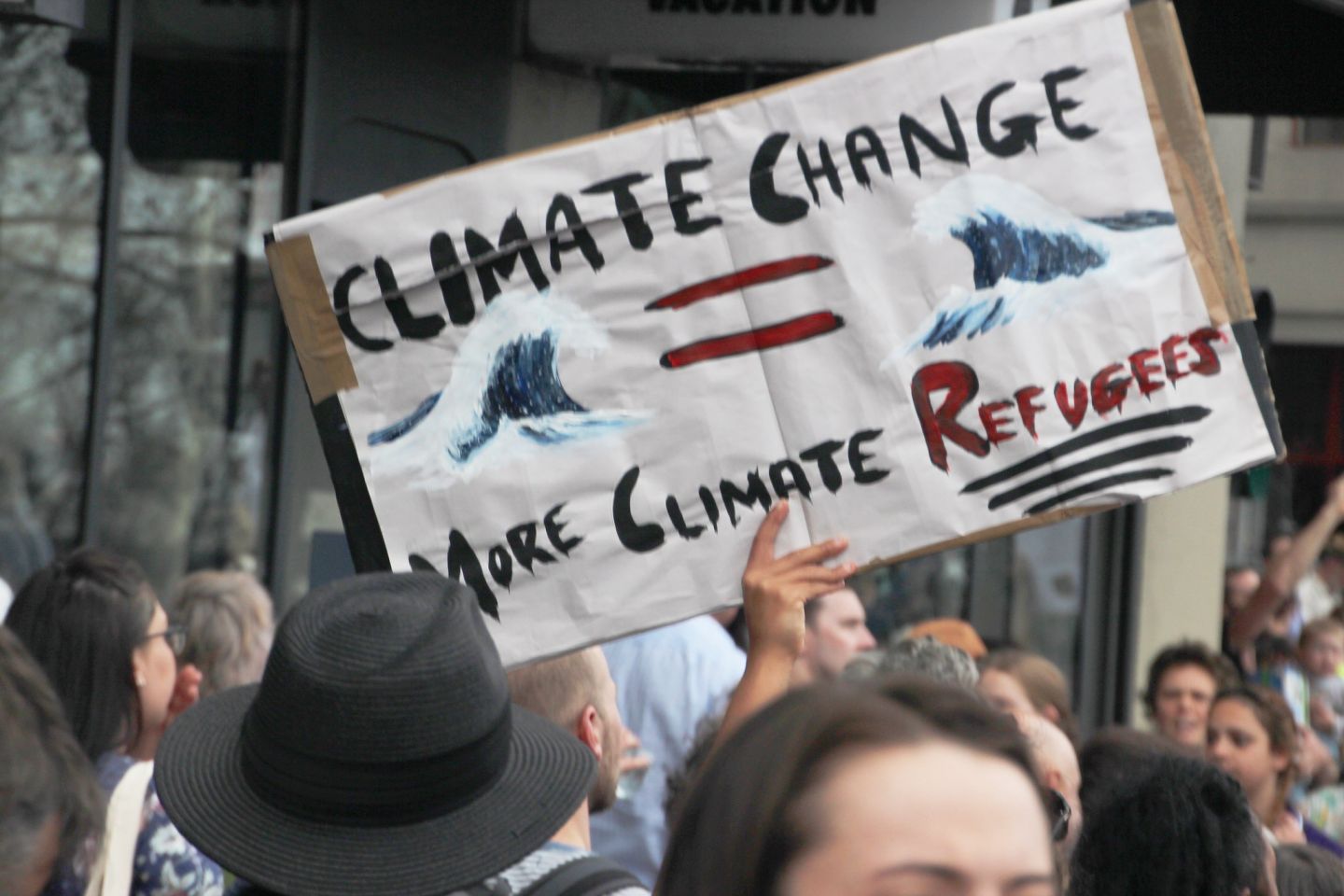
4 March 2021
How does border externalization relate to the climate emergency?
The spectre of the ‘climate refugee’ has routinely been leveraged by a range of actors promoting policies ranging from reducing…
-
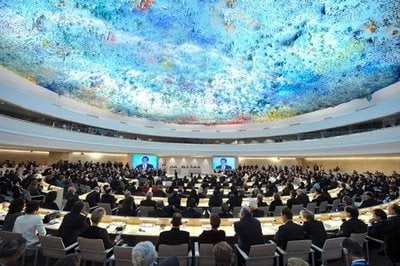
16 June 2020
HRC43 – “Our inability to achieve racial justice kills”
Human Rights Council – 43rd SessionGeneva, Tuesday 16th June 2020 General Debate – item 9 Madam President, In the space of only a few…
-
12 August 2009
European states regularly force Roma to return to Kosovo, where they face widespread discrimination
MRG’s partner organisation in Macedonia, Roma Democratic Development Association, ‘Sonce’, is seriously concerned for the fate of…
Minority stories
-

11 July 2016
State of the World’s Minorities and Indigenous Peoples 2016: Focus on culture and heritage
Five organisations from Eastern Europe came together to address the growing concern of online discrimination and hate speech against Europe's biggest minority community, the Roma.
- Central Asia
- Discrimination
- Minority stories
Reports and briefings
-
1 January 1994
Polar Peoples: Self-determination and development
The northern regions of the globe were populated by indigenous peoples long before explorers, gold-diggers, bureaucrats and others…
-
1 September 1988
The Saami of Lapland
The Saami, or Lapps, are the Native people of the area known as Lapland in northernmost Europe. Due to the national borders forced upon…
Strategy documents
-
13 October 2021
Strategy 2017-2020: Report on implementation
At the commencement of our 2017-2020 strategy there were serious threats looming for minority and indigenous communities worldwide. The…
Programmes
-
- Central and Eastern Europe
- Education
-
- Western Europe
- Racial discrimination
-
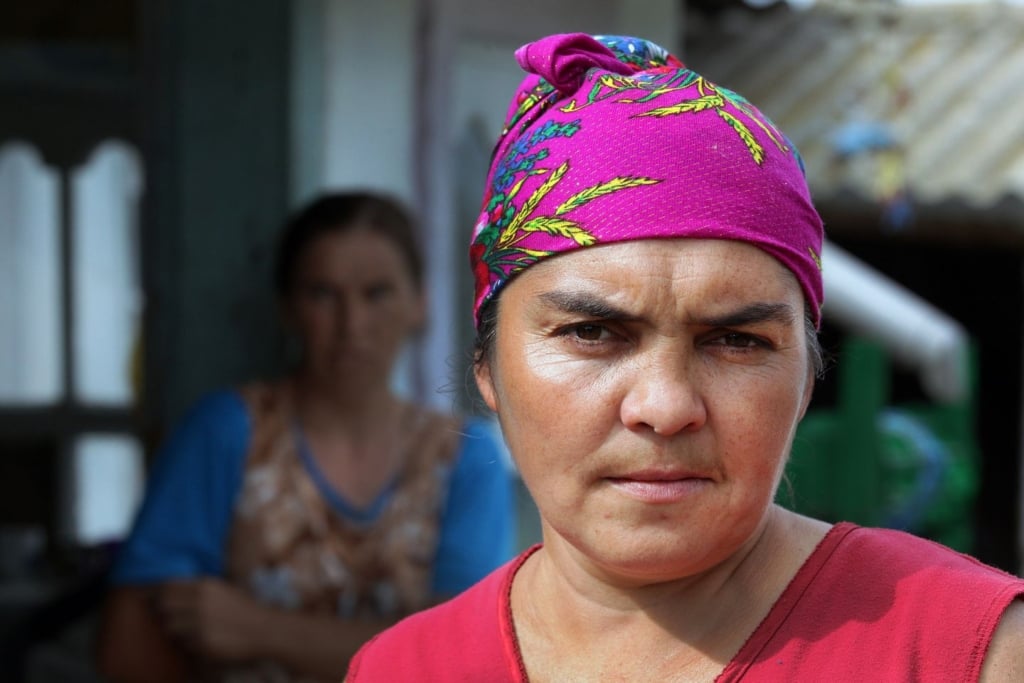
Article 13 project: Mobilising Communities, Advocates and Lawyers to Challenge Racial and Other Discrimination in an Expanding Europe
- Central and Eastern Europe
- Governance
-
Our strategy
We work with ethnic, religious and linguistic minorities, and indigenous peoples to secure their rights and promote understanding between communities.
-
-

